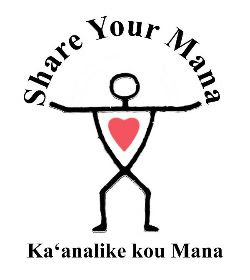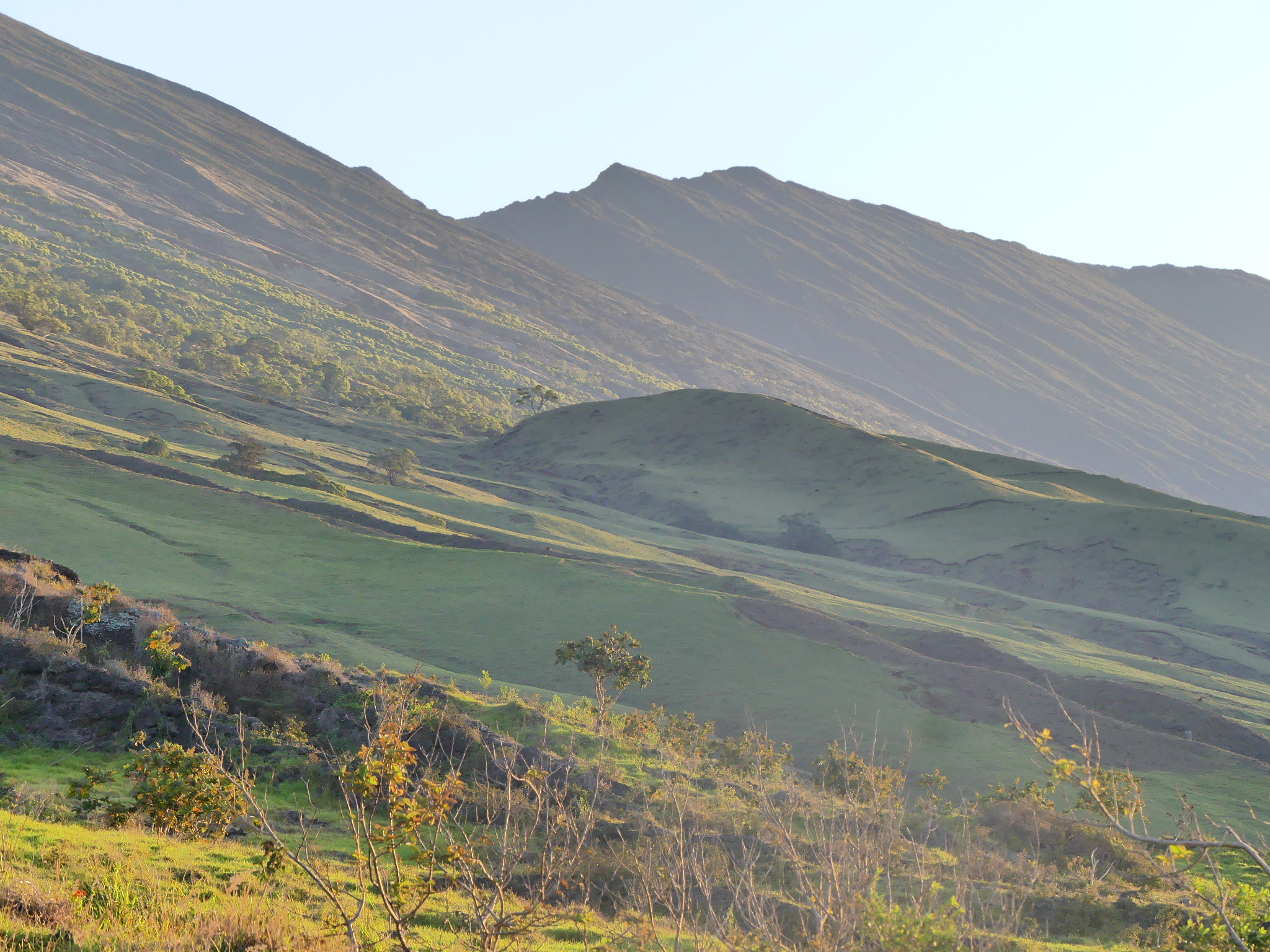
Taking A Bite Out Of Sustainability
Intro by Faith Ewbank
There has been a high jacking of the word Sustainable. Many have used the word incorrectly. There is a desperate need for people to have a clear understanding and an appetite for Sustainable Agriculture. It tastes better and works. As chemical companies and corporations buckle to the force of information and its widespread exposure there is a need for repetition of things we already know. Here’s your own sustainable science translated into law and policy, make of it your own best application. We have the tools that we need, we need to remind ourselves of the benchmarks that have been made in order to consciously continue planet Earth living. Definitions and law citing is a worthy read. Make the best of good work. In this, here are Sustainable Agriculture definitions prepared by Hawaii Farmers Union United (HFUU), Education Committee, Kaua‘i Chapter Sustainability Agriculture Committee from the March newsletter content.
HFUU Kauai Chapter Sustainability Agriculture Committee
This is not about “us vs. them”; the purpose is to tell the truth, expose scientific facts (not alternative facts) about sustainable agriculture, and to educate farmers, legislators and the general public about the benefits of sustainable agriculture, ecologically, economically and socially/culturally; these are the “three types of profits” made by sustainable agriculture.
The National Farmer’s Union and the Hawaii Farmers Union United (HFUU) have “promotion of sustainable agriculture” in their policy statements. HFUU has also adopted into policy the Federal definition of Sustainable Agriculture. It is also important to understand why the USDA needed to define “sustainable agriculture” and their justification. (Sustainable Agriculture Public Law 101-624, Title 16, Subtitle A, Section 1603).
Letter From Chair, Don Heacock, February Kaua‘i chapter SAC Newsletter
Sustainable Agriculture; Background and Definitions
Sustainability and sustainable agriculture are ESSENTIAL if mankind is going to survive/thrive with a meaningful and enjoyable quality of life. Sustainable agriculture does much more than benefit the environment and improve the quality and quantity of our soil and food, it promotes social equity and cultural stability and economic stability.
The Hawaiian Ahupua’a agroecosystem is the best and only ‘ainakumuwai (watershed) model of sustainable agriculture in Hawaii that once fed over 500,000 Hawaiians with no imported inputs for over 550 years.
The primary reason the Ahupua‘a agroecosystem approach was so sustainable was because it was based upon Hawaiian sustainable values: Aloha, Aloha e Malama ‘Aina, Ho’olokahi, Ho’olaulima, etc. All natural resources are sacred to native Hawaiians, they are not seen as commodities to be bought and sold to the highest bidder; Hawaiian sustainable values are the complete opposite of the unsustainable values that drove sugar production.
Human values are what we determine to be good or bad, right or wrong, Aloha or greed, love or hate, color-blind or racist, etc. These are just a few human values, and some are good, and some are bad, some are pono and some are hewa (wrong). If we, as individuals or as a united body, do not know our core values, then we do not know ourselves.
HFUU has adopted the Federal definition of “Sustainable Agriculture” in our bylaws. There are a dozen other definitions of “sustainable agriculture” or “sustainability” in the peer-reviewed published literature from around the world. The two suggested definitions that can help everyone better understand the true meaning of sustainable agriculture are as follows:
1.Altieri, Miguel A. 1995. Agroecology: the Science of Sustainable Agriculture. 433 pp., Westview Press
Altieri states that sustainability in agriculture means the capacity to maintain a level of crop(s) productivity over time without jeopardizing the structural, functional or biodiversity components of the agroecosystem; he further states that most definitions of sustainable agriculture, and sustainability in general, include at least three criteria:
1) Maintenance/restoration of the productive capacity of the agroecosystem; over time yields will continue to increase because soil humus and fertility will increase;
2) Conservation and protection of flora and fauna, and native biodiversity; diversity equals stability and stability equals resilience;
3) The ability of the agroecosystem to maintain itself (e.g., high biodiversity = high stability and resilience);
Altieri further states that “equitability” and “cultural stability” are important components of sustainable agriculture and defined them as:
“Equitability” is a measure of how evenly the products of the agroecosystem are distributed among the local producers and consumers, and it is more than simply a matter of an adequate income, good nutrition, and satisfactory amount of leisure; equity is reached when an agroecosystem meets reasonable demands for food without increases in the social costs of production; and
“Cultural stability” depends on the maintenance of the sociocultural organization and context that has nurtured the agroecosystem through generations (e.g., the Ahupua’a, mahi’ai and malama ‘aina); rural development cannot be achieved when isolated from the social context, and it must be anchored to local traditions (based upon local Hawaiian values).

Altieri makes it clear that organic methods are an essential and integral part of sustainable agriculture, and are rooted in traditional agroforestry systems going back thousands of years; these traditional and organic methods produce food of high nutritional value and promote human health and well-being.
1Young states that “Sustainable Agriculture” (Sustainable natural resources management: Agriculture, Forestry, Fisheries) requires the following three criteria to be met:
1) Conservation, protection and/or restoration of ecological/biological integrity (i.e., biodiversity, spacial diversity, genetic diversity, structural diversity, these create stability and resilience in the agroecosystem);
2) Economic efficiency requires the use of “ecological economic accounting” which has no externalities; therefore it takes a holistic and ecological approach to economic accounting and by doing so protects the ecosystem’s form and function, biodiversity, resilience, and assures that “environmental services” (clean water, clean air, recycling of organic wastes, healthy soils) are not compromised or negatively impacted by pollutants;
3) Social/cultural equity where everyone benefits from the products of the agroecosystem, and they are distributed among local producers and consumer, and benefit the broad community (magnifier effect).
1 Michael Young. 1992. Sustainable Investment and Natural Resource Use: ecological integrity, economic efficiency and social/cultural equity. UNESCO, 376 pp., UN, Rome.
Defining Sustainable Agriculture
Sustainable agriculture definition by Preston Sullivan NCAT (National Center for Appropriate Technology), Agriculture Specialist July 2001:
Sustainable agriculture seeks in principle to “sustain” economic viability, environmental stewardship, and social responsibility. These three tenets are to be embraced as one functional unit. Decisions concerning a sustainable agriculture should then enhance the environment and the farmer’s economic situation and benefit the regional society. Holistic Management gives us a way to move forward on these three tenets. It gives us a way to design agriculture to truly mimic nature’s ecological principles of sustainability. It gives us a way to make decisions that automatically take into account the society, the economics, and the environment before the decisions are made.
7 United States Code, Section 3103 (Public Law 113-185), line (19):
(19) The term “sustainable agriculture” means an integrated system of plant and animal production practices having a site-specific application that will, over the long-term—
(A) satisfy human food and fiber needs;
(B) enhance environmental quality and the natural resource base upon which the agriculture economy depends;
(C) make the most efficient use of nonrenewable resources and on-farm resources and integrate, where appropriate, natural biological cycles and controls;
(D) sustain the economic viability of farm operations; and
(E) enhance the quality of life for farmers and society as a whole.
Information provided by the newly ordained Hawaii Farmers Union United Kauai Chapter Sustainable Agriculture Committee. Please consider joining in on the modeling and best practice education and farming practices.

You can learn more information about the Hawaii Farmers Union United organization at www.hfuuhi.org. With eleven chapters, it is likely there is a chapter near you.
More information at facebook page: Sustainable Agriculture Committee 





One comment:
Comments are closed.